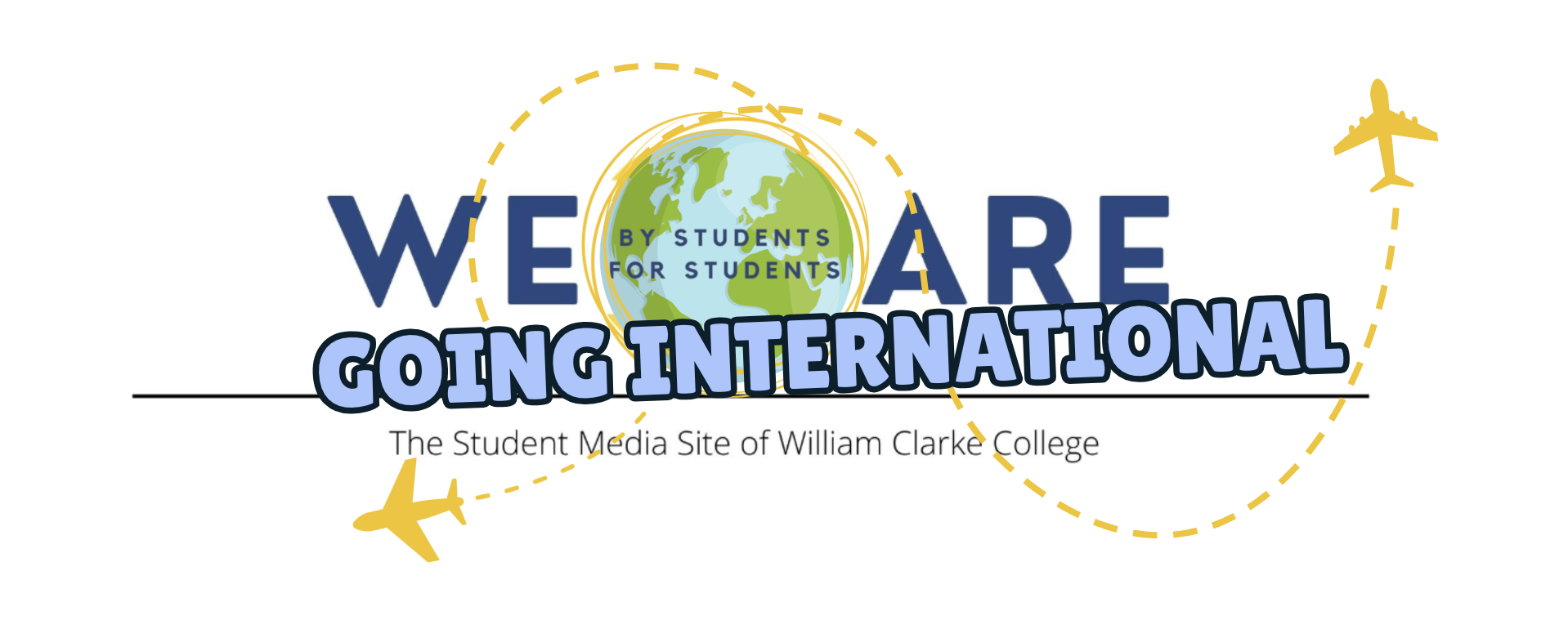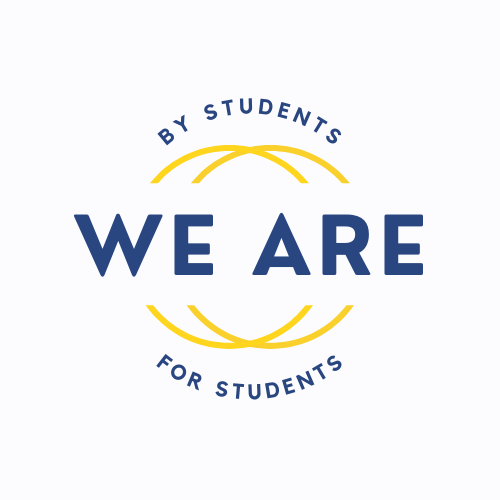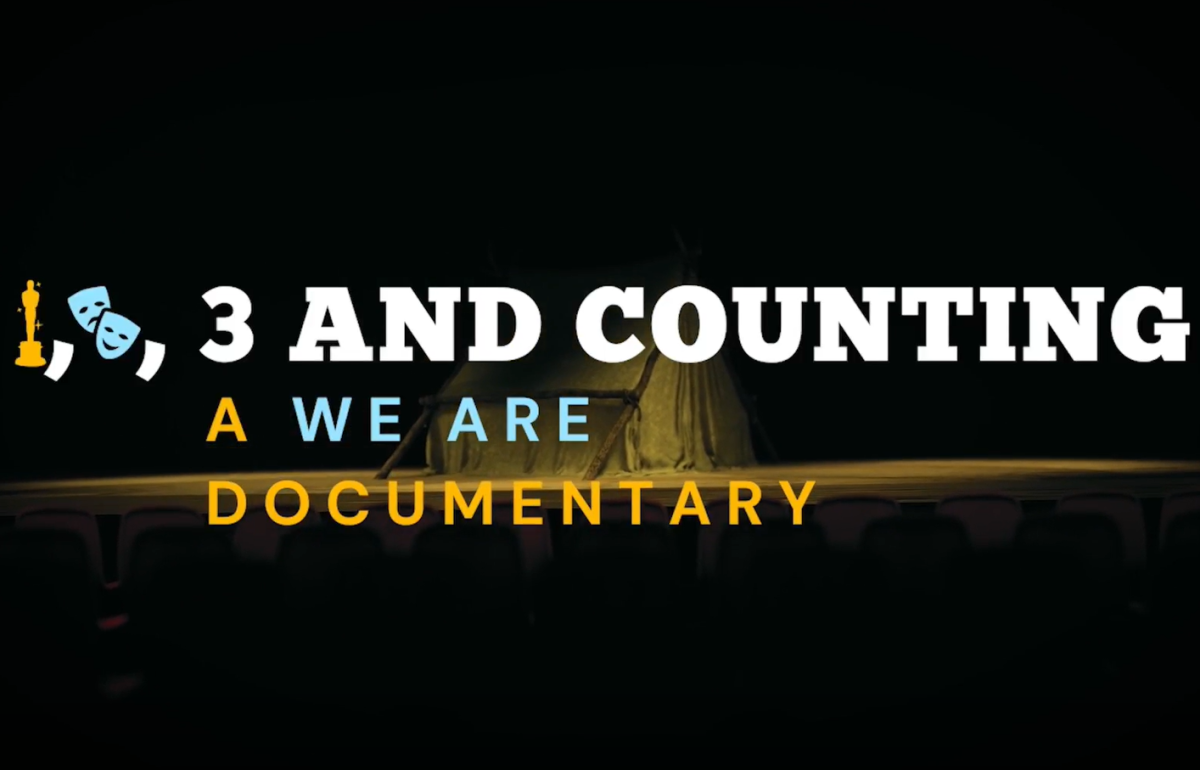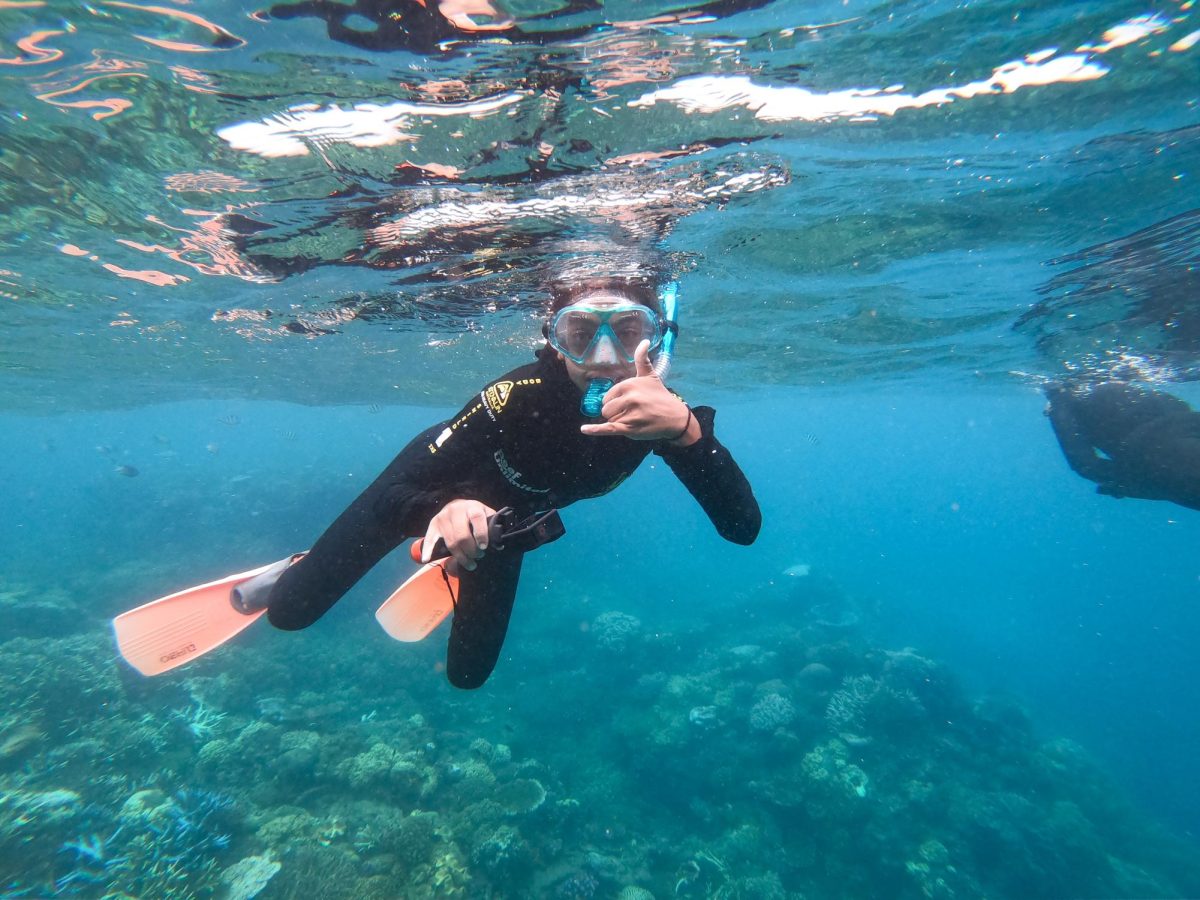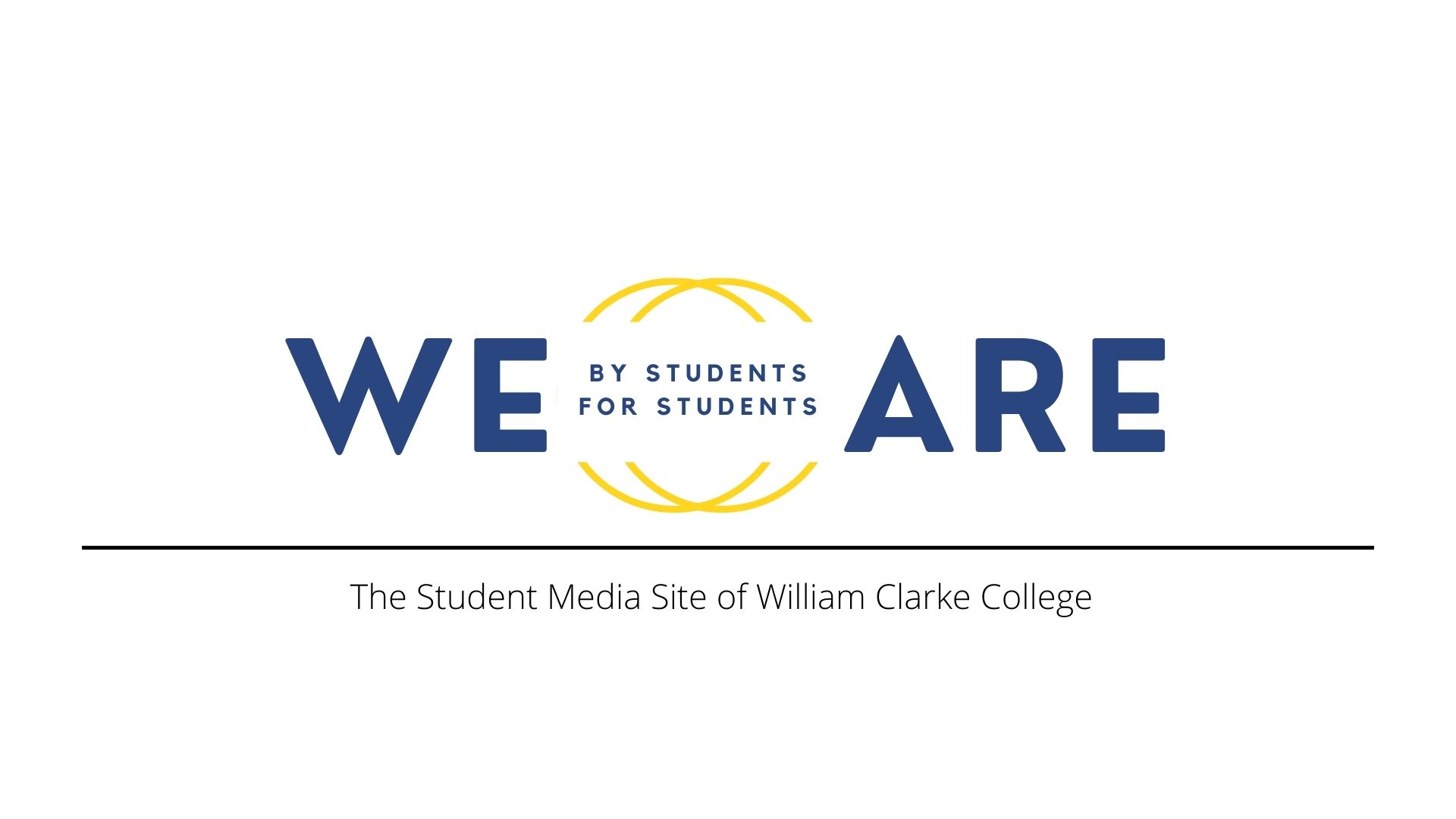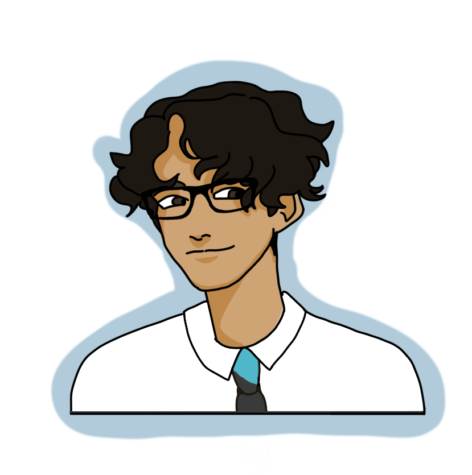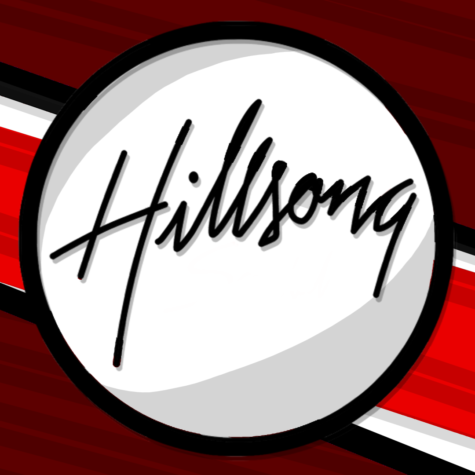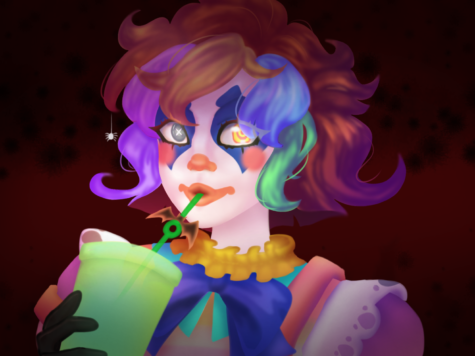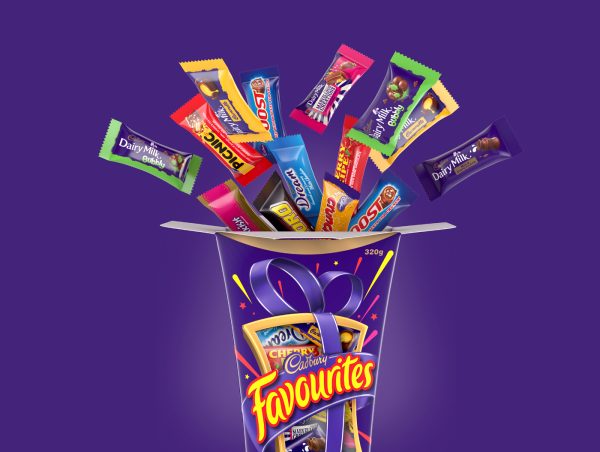Subject Breakdown – Aeronautics and Space Exploration
May 10, 2022
Rockets, planes, physics and more – Aeronautics and Space Exploration has you covered
With the new curriculum coming into place this year, there have been dozens of new subjects that are being offered to stage 4 students, who will take part in two different subjects for each semester in their stage 4 learning, accumulating to 8 subjects in total.
Some of these subjects are completely new, while others have their mix of old and new content; each one is a differently built subject to cater for the needs of the school community. Each subject is open to both year 9 and 10 students, meaning a huge variety is key; this can be particularly seen with the new Aeronautics and Space Exploration course.
This subject is great for those passionate about science, but also caters to different engineering interests. It’s definitely a useful subject in expanding towards science and engineering subjects for the HSC, particularly physics. The subject itself has a generous mix of learning styles, switching from practical to a bit of theory, and then mixing it up with different group work and presentations. Here are some of the things that the class has been doing this year, to give you a feel for how the subject really takes place:
- Water bottle rocket: The first few weeks were focused around building a water bottle rocket. This involved creating a rocket using a bottle and water, then pressuring it to a point where it could be released and shot up into the air. This continued for a few weeks, as students refined their rockets, through things such as wing shape, nose cone length, water amount and more, while some students even attempted to attach two bottles together to give it more fuel. This task culminated in an infographic presentation of all design aspects and refinements of the rockets.
- Working together: After the rockets, students were tasked with learning about a specific part of aeronautic-related physics and presenting it to the class in groups, in a ‘lesson style’ of their choosing. Groups presented on Newton’s laws, the kinematic formulas, and different aerodynamic principles, all in their own ways.
- Small gliders: An upcoming task for the class is to construct small gliders, using small kits with balsa wood, as well as applying the different aerodynamic principles that they have learned.
- Cumulative project: After this task, students will be working on cumulative projects to build a small vehicle of their choosing. Students are currently planning on different things along the lines of RC planes, bigger and better water bottle rockets, mini F1 cars, gliders and more.
- Students are set to learn more about the space exploration portion of the course later in term 2.
The Aeronautics and Space Exploration course is a brilliant course for students passionate about science, reflecting the many benefits provided by the new curriculum.
